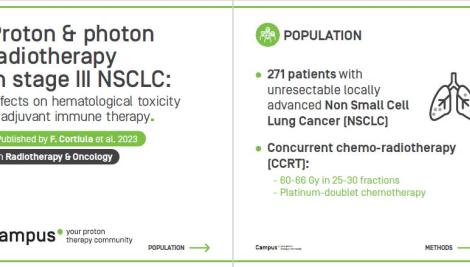Subtitle
NTCP Models for Severe Radiation Induced Dermatitis After IMRT or Proton Therapy for Thoracic Cancer Patients.
In order to analyze the incidence of acute radiation induced dermatitis (RD) and develop normal tissue complication probability (NTCP) models for severe RD in thoracic cancer patients treated with Intensity-Modulated RT (IMRT) or Passive Scattering Proton Therapy (PSPT), this study analyzed 166 NSCLC patients prospectively treated at a single institution with IMRT (103 patients) or PSPT (63 patients). All patients were treated to a prescribed dose of 60 to 74 Gy in conventional daily fractionation with concurrent chemotherapy.
The Lyman-Kutcher-Burman (LKB) NTCP model recast for absolute dose-surface histogram (DSH) and the multivariable logistic model were adopted. This study reported that 15 of 166 (9%) patients developed severe dermatitis (grade 3). RT technique did not impact RD incidence. The total gross tumor volume (GTV) size was the only non dosimetric variable significantly correlated with severe RD (p = 0.027). The NTCP models showed comparably high prediction and calibration performances.



